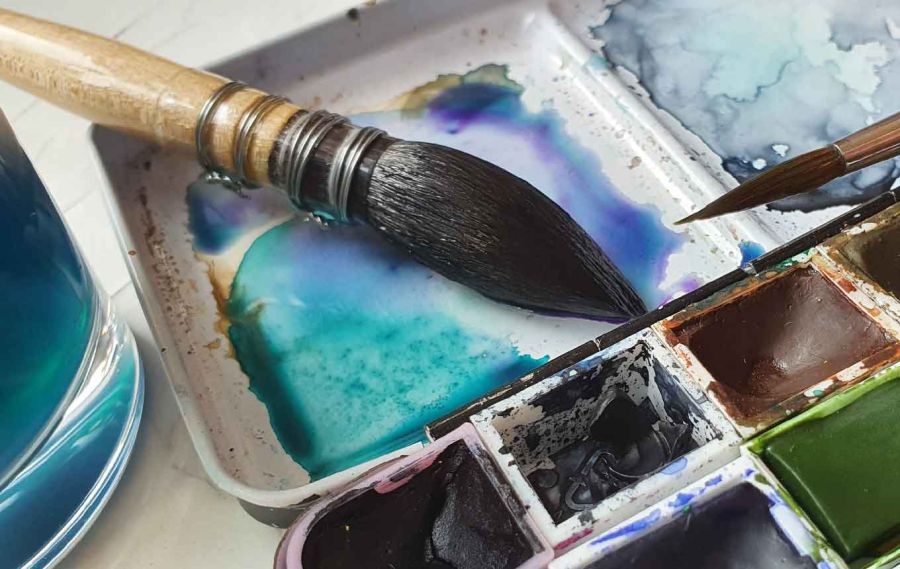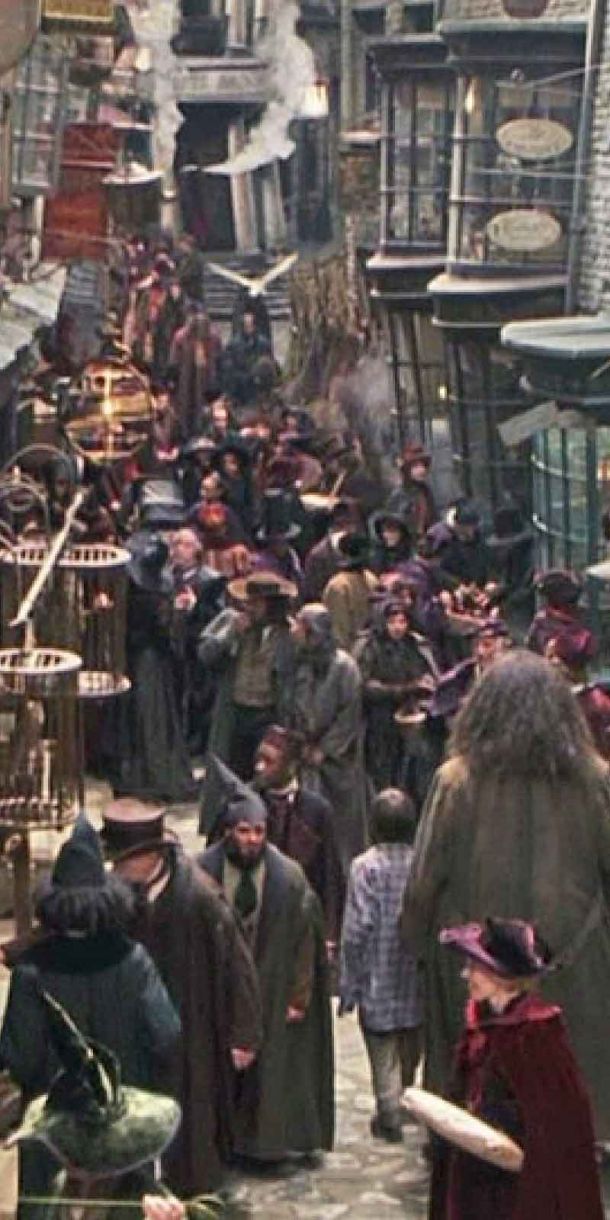
How to paint
First of all
“In painting, you have unlimited power. You have the ability to move mountains. You can bend rivers. But when I get home, the only thing I have power over is the garbage.“
-Bob Ross
How should you begin
- The first step is deciding what paint you are going to use. The tree main choices are oils (traditional or water-soluble), watercolours and acrylics. It is a very personal choice: If one type of paint doesn’t suit you, be sure to try another:
- Oil paint is a traditional artist’s medium. It is pigment mixed with such oils as linseed, safflower, or poppy, and thinned with turpentine. It should be used on supports that have been primed with gesso to protect the surface—which can even include paper—from the acid in the oil. Oil paint is slow-drying, so the paint can stay wet on the palette and workable on the painting for many days, making it easy to blend. Cleanup requires solvents such as turpentine or mineral spirits. Water-soluble oils have been introduced in recent years, requiring only water to thin the paints and clean the brushes.
- Watercolor paint is another traditional medium and uses pigment mixed with a binder made of gum arabic and additives to improve solubility and flow. It is water-soluble, transparent, and comes in a tube, pan, and liquid form. Watercolor paint can be reactivated with water when dry and reworked, even years after you finish your painting. The characteristics of watercolor—its convenience, portability, and easy cleanup—make it a very popular medium for both finished works as well as sketchbooks and visual journals.
- Acrylic paint is a more modern choice—it only recently became commercially available for artists in the 1950s. In acrylic paints, the pigment is suspended in a plastic polymer. It’s most notable for its quick drying time and can be used on almost any surface without priming. It’s water-soluble, making cleanup much easier (all you’ll need are soap and water). Acrylic dries into a durable, flexible, water-resistant surface. It is very versatile and can be used thinly like watercolors or more thickly like oil paints, depending on the desired effect.
Mixing colours
Beginners often shy away from color and color mixing (especially when it’s labeled “color theory”), but the basics of color mixing aren’t particularly complicated. Color and pigment provide so many different painting possibilities and nuances that an artist could spend a lifetime exploring color, color theory, and color mixing. Indeed, color mixing is something that often overwhelms beginners because it can be complicated, but color mixing can also be pared down to some fundamental tips.So, embrace the challenge, learn, and soon you’ll be mixing just the right tints, tones, and shades. And, if you don’t want to waste the paint by throwing it away, use it with some white to do a monochrome painting or value exercise. Value is another term for tone, which refers to how light or dark the colors are. A value exercise, then, involves working to create lighter or darker tones in your painting.
Any ideas on what to paint?
Some days you will have more ideas than you can get down; others you may find yourself hunting around for inspiration. This is why a creativity journal can be very useful. And don’t despair if you make a “mistake” in your painting: Those can be what artists call “happy accidents,” resulting in something beautiful. If you’re still struggling to come up with concepts, take an enjoyable hour or two to scan the top books for painting ideas and inspiration.
Time to begin!
The steps in the creation of a painting vary from artist to artist and develop over time. Many artists lightly sketch out the composition on a canvas, then block in the main areas of color across the canvas. You can start with the larger shapes and work toward the smaller ones, gradually working on the detail. Some artists work in layers and others work alla prima (all at once) to complete their painting in a single session. Artists often do studies (small versions) or multiple sketches for a painting. There is no right or wrong approach; ultimately you must find what works best for you.

Ilse Bouwmeester
My name is Ilse and on my website you will find stuff about graphic design, art pieces, games, and travel. All nerdy things you need!







